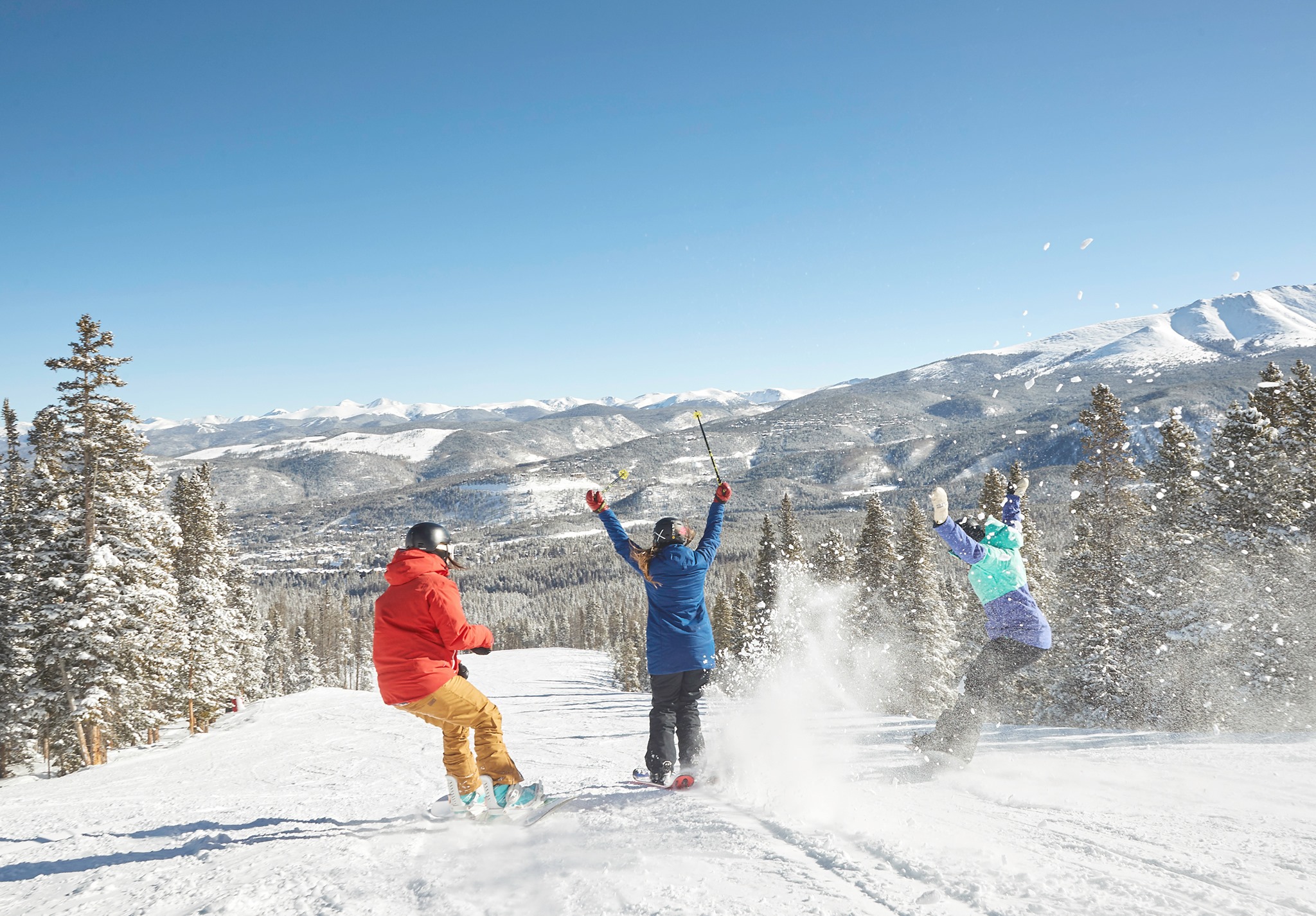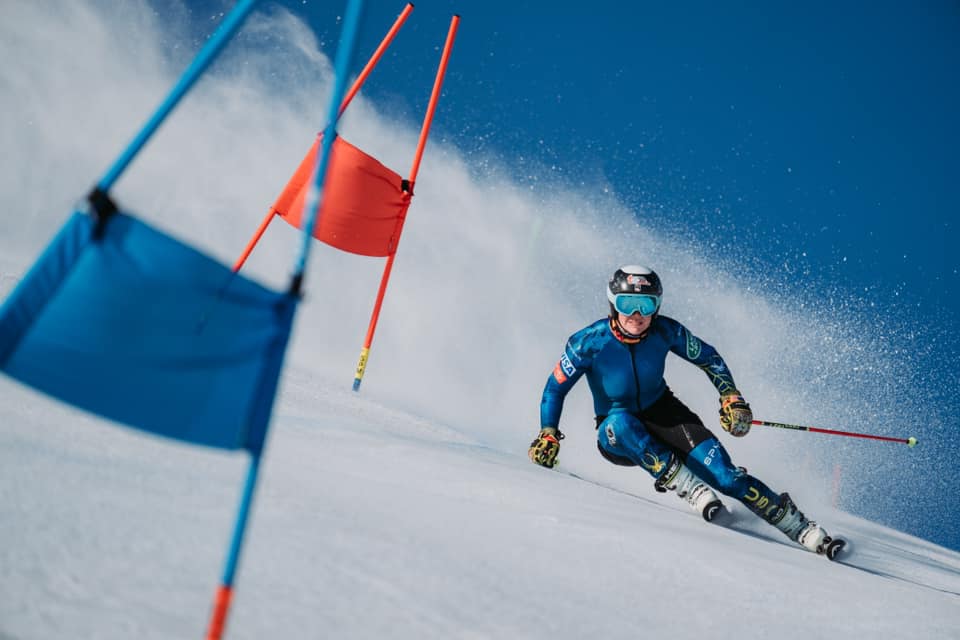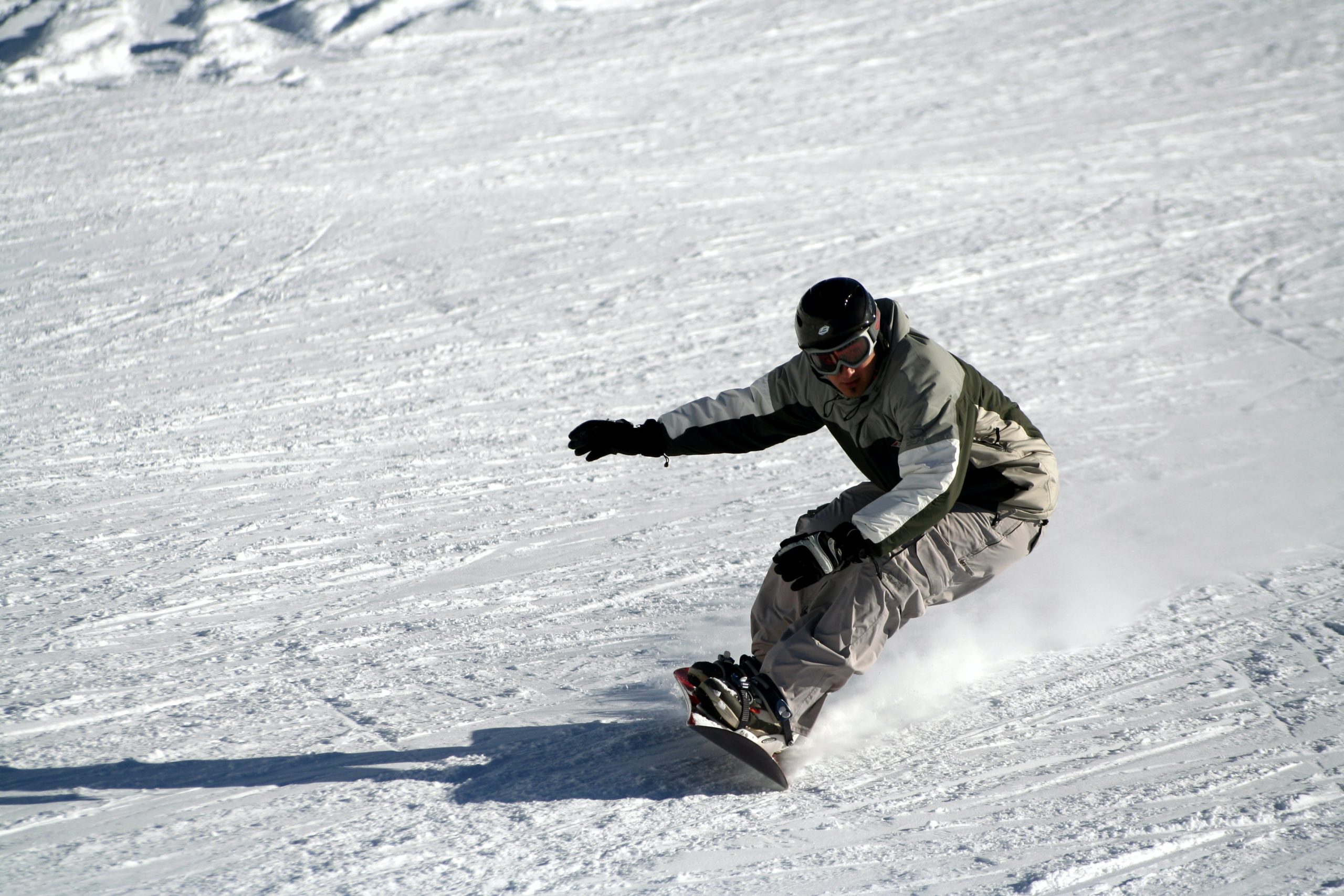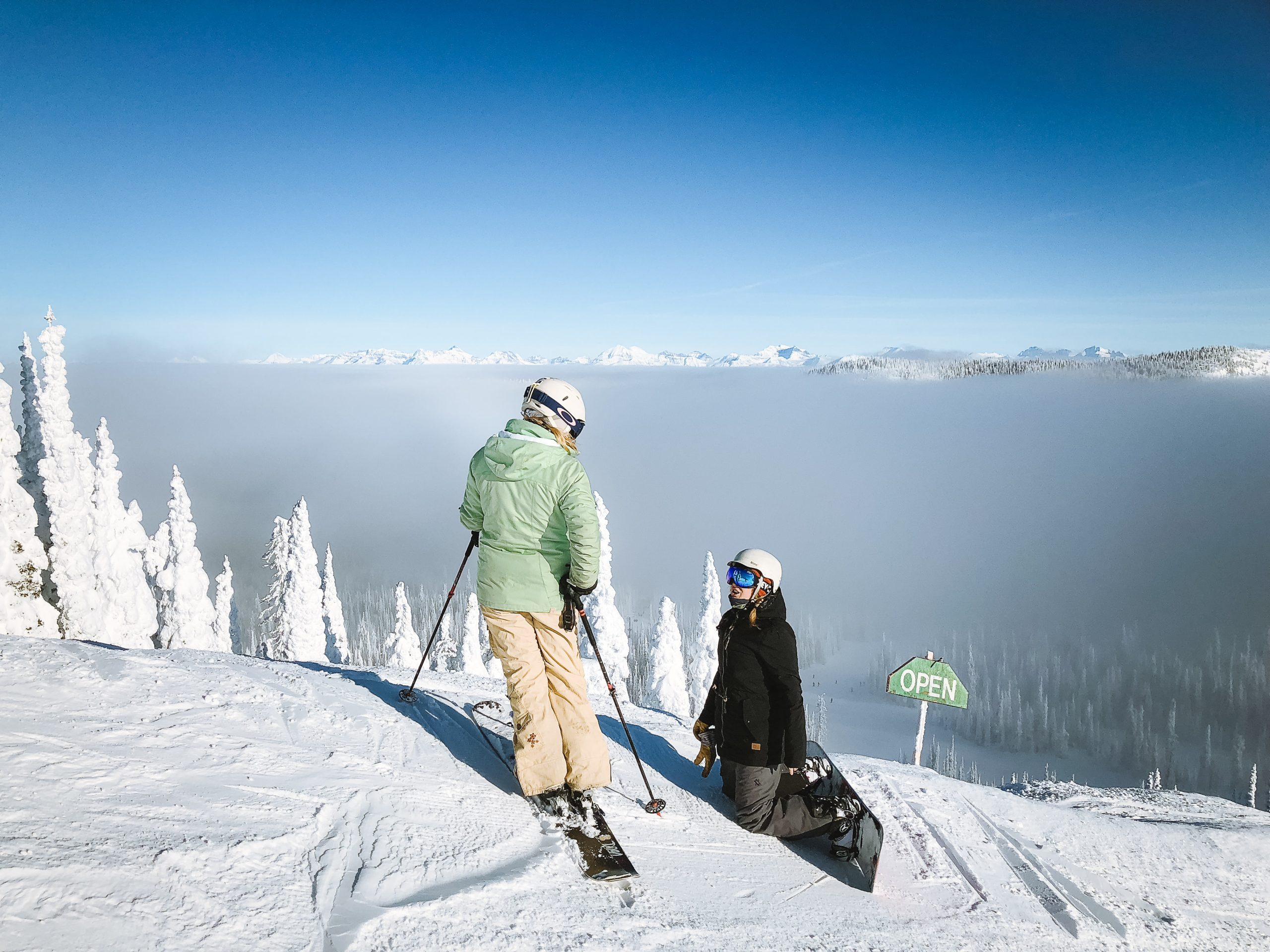
Skiing and snowboarding seem pretty similar in theory. After all, both use the same concept of athletes using metal boards to turn down a mountain. Being the most popular winter sports in the world, how can these sports that seem so similar be so incredibly different?
One of the most common sayings is that “skiing is easier to learn, but harder to master,” compared to snowboarding which is “harder to learn but easier to master,” as stated by Snow Skool. Snowboarding seems easy enough, as you only have to maneuver one board. In actuality, this presents a challenge for beginners. When presented with rough terrain, skis give users two chances. If you hit a bump and one ski pops off, you may still be standing by the end. Contrasted with snowboarding, one wrong bump and boarders are on the ground. This simple factor makes it harder for new athletes to adjust to.
On the other hand, snowboarding’s one board is a blessing in disguise, as they never have to worry about crossing ski tips randomly and taking the worst spill imaginable. Furthermore, once skiers learn to make it down a run, the two sticks on their feet present a challenge: symmetry. The lateral body stacking of skiing is like no other and takes determination to master.

Not only that, but snowboarding is based on two fundamentals: heel and toe edge utilization. Once an athlete can recognize how to perfect these fundamentals, boarders have learned almost everything about the sport and can sharpen their skills with practice. For skiing, practice is a never-ending opportunity to learn new techniques. The fact that skiing allows athletes to position their feet and equipment however they want will enable users the find a habit and pick up the sport faster. The freedom of skiing later becomes an issue when athletes have to fix their body position, pole timing, and ski placement. Skiing may come across as more encouraging initially, but anyone willing to see snowboarding through will be in for a pleasant surprise.
In terms of injuries, snowboarders are more prone to wrist sprains and breaks, as they are constantly falling back on their wrists for support. Shoulder injuries are another common risk among snowboarders, because of the positions they land in when falling, according to Better Braces. Both snowboarders and skiers face ACL and knee injury risks, as the fitting for their boot have to be precise, or landing on impact can be an injury waiting to happen.
Additionally, many people forget that when snowboarding, athletes are facing sideways. Because of this, the boarder is disadvantaged with less peripheral vision and can only see about 50% of what is in front of them when traveling down the slopes. A snowboarder’s body placement is vastly different from skiing and can take a while to get used to when switching between the two. The sideway placement of an athlete’s feet can be uncomfortable initially but feels more practical over time.

Like riding a bike, increased speed within snowboarding helps athletes turn as there is less resistance within the snow and the board. When going slow on a bike, riders have to focus harder on achieving balance. This is the same with snowboarding, which feels more relaxing when users’ muscles are tense and shifting in order to achieve equilibrium. Of course, beginners’ first goal is not to achieve excessive speed, so they find themselves unbalanced and falling–a lot. This is not the case for skiing, where extra speed is an exciting risk factor, and balance can be achieved instantaneously.
Whether you want to explore skiing or snowboarding, they both come with their challenges. Luckily, these challenges are well worth it and lead athletes to an amazing hobby and sport.

One additional thing snowboarders are challenged with…you can’t easily traverse. This quickly puts some of the best terrain off limits at a lot of the best resorts in the Rockies etc. I skied since I was 5, snowboarded from 20 to 30, now I’m 50 and I’m back skiing and loving it. Nothing wrong with doing both!
Yeah, because when I’m riding a snowboard downhill, I’m not looking downhill. Look at the picture posted above, the rider is actually looking downhill.
Our necks allow us a 180 degree range of motion. So when I’m going downhill, I’m looking downhill, NOT parallel to the slope that I’m descending. Sure my backside is my blindside, but I can still see forward without an issue and my peripheral vision works well to spot objects at extreme side angles to me. Hell, I can even see behind me if needed. What a stupid post, who wrote this?